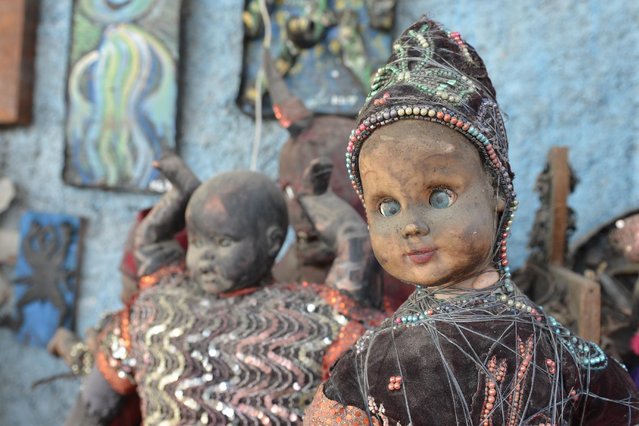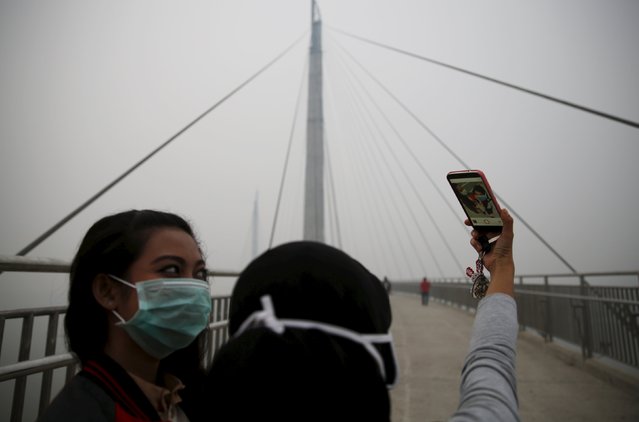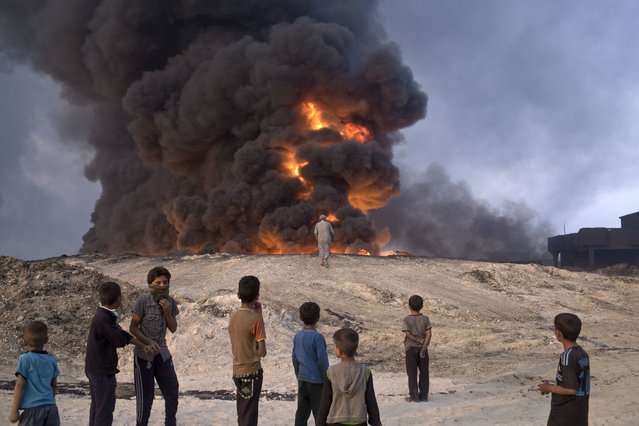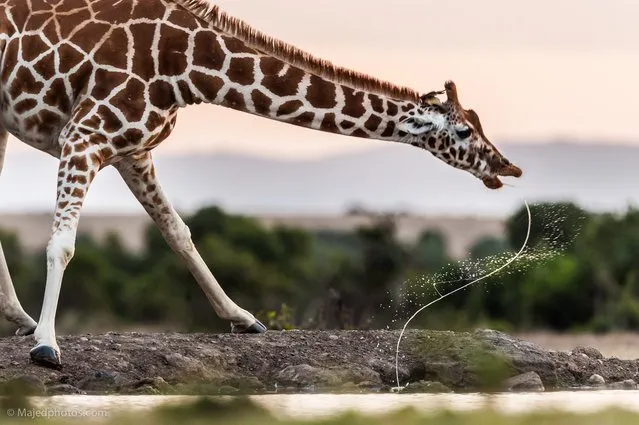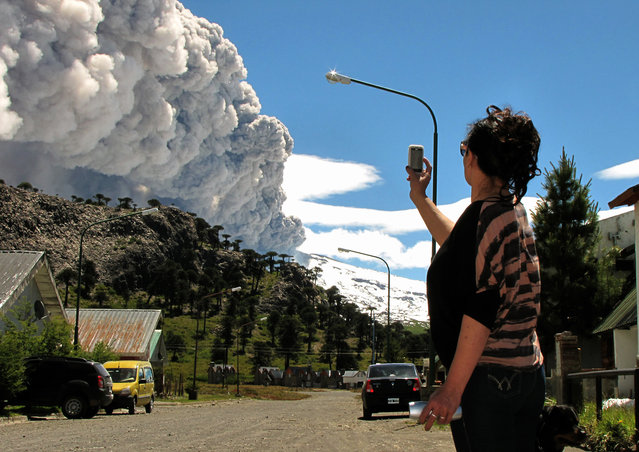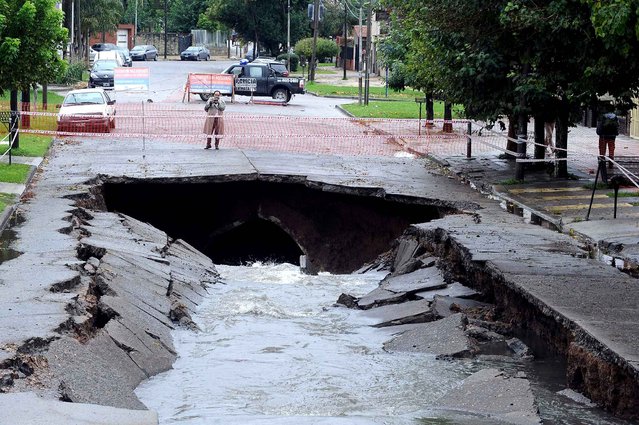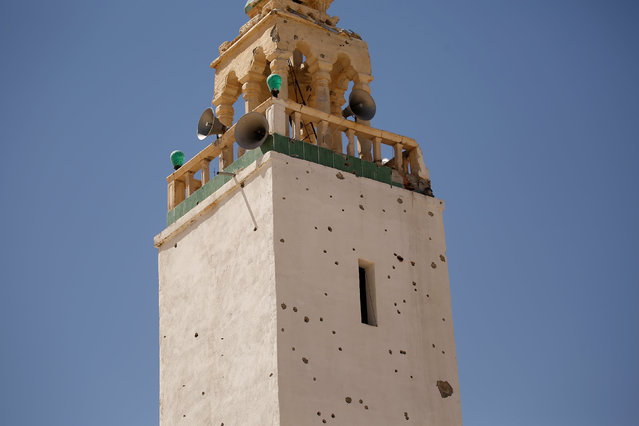
A minaret, that was damaged during fighting between Islamic State jihadists and government forces, is seen in Ben Guerdane, near the Libyan border, Tunisia April 10, 2016. After a U.S. air strike killed a Tunisian jihadist commander in western Libya in late February, dozens of Islamic State fighters sneaked across the border into Tunisia and attacked an army barracks and police bases in the town of Ben Guerdane. (Photo by Zohra Bensemra/Reuters)
26 May 2016 12:29:00,post received
0 comments

